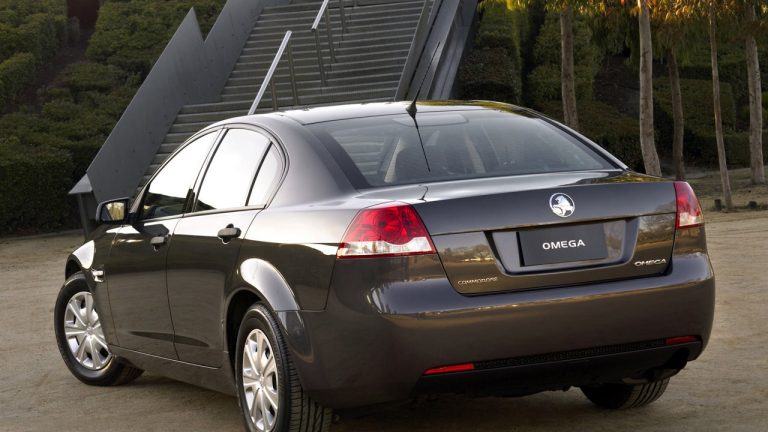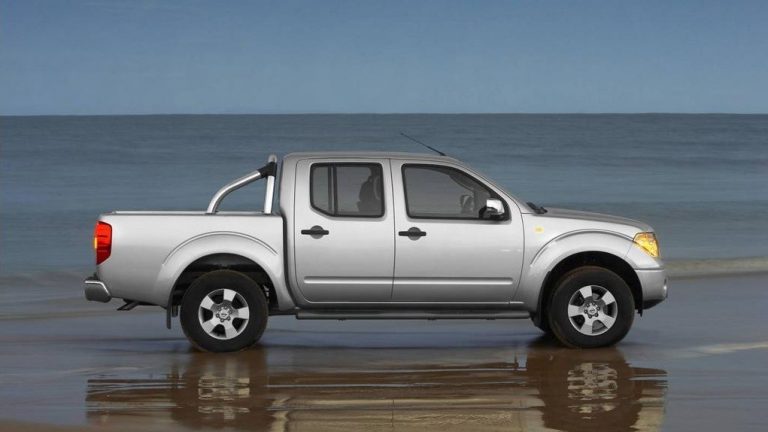Recalls: Toyota AN160 Fortuner
Overview
Manufacturers, or importers, issue recalls for defects or faults which have the potential to cause injury. Generally, manufacturers will inform the original buyers if their vehicle is subject to a recall and of the steps required to remedy the defect or fault. Please note that the recalls below (if any) are for Australian-delivered vehicles only. Furthermore, the number of recalls should not be taken as an indication of a model’s reliability or its safety more generally.
Recalls: Toyota AN160 Fortuner
2015 Toyota Fortuner: airbags could be de-activated
In February 2018, a recall was issued for Toyota Fortuner vehicles that were manufactured from 29 July 2015 to 1 December 2015. Over time, insulation layers of the Integrated Circuit (IC) chip within the airbag system could peel and create an open circuit in the IC chip. If this occurred, the airbag warning light would illuminate and the side/curtain and/or front airbags could be de-activated – this increased the risk of occupant injury in the event of a collision. The Toyota Fortuner vehicles had VINs in the following ranges (PRA 2018/16585):
- MR0 DA3FS # 00001003 to MR0 DA3FS # 00001645; and,
- MR0 KA3FS # 00200001 to MR0 KA3FS 0201051.
2018-20 Toyota AN160 Fortuner Diesel: brake booster fault
In December 2020, recall campaign VGG75 was issued for Toyota AN160 Fortuner vehicles that had diesel engines and were available for sale in Australia from 7 August 2018 to 12 August 2020. The brake boosters for these vehicles may have been incorrectly manufactured, causing an internal fault. If the brake pedal was repeatedly used whilst driving, braking assistance may be lost – this could increase the vehicle stopping distance and the risk of a collision. For the VINs of the recalled vehicles, please see PRA 2020/18714.
Problems and faults: Toyota AN160 Fortuner
Overview
This section identifies potential problems, causes and fixes based on the experiences of owners and repairers, online sources and technical service bulletins. This information is provided solely for reference purposes and AustralianCar.Reviews recommends that only properly qualified persons carry out repairs or modifications. Furthermore, the number of items below should not be taken as an indicator of a model’s reliability or the frequency with which they may occur.
To report a problem or fault to the AustralianCar.Reviews team, please use the Contact Us form. Note that AustralianCar.Reviews does not offer advice on automotive problems or disputes; such enquiries will not receive a reply. For vehicles purchased from dealers after 1 January 2011, please see our Australian Consumer Law fact sheet.
2015-17 Toyota AN160 Fortuner: clogged diesel particulate filter (DPF) and ECU re-program (GGG38)
In June 2017, Toyota initiated service campaign GGG38 to re-program the Engine Control Unit (ECU) for Toyota AN160 Fortuner vehicles that had 1GD-FTV engines. To reduce NOx emissions, the 1GD-FTV engine had a diesel particulate filter (DPF). Over time, soot would accumulate on the DPF and a ‘regeneration’ process would be required to burn it off. Specifically, the fuel injectors would inject diesel fuel into the cylinders after combustion to raise the temperature of the exhaust gases (sometimes referred to as a ‘DPF burn’).
Service campaign GGG38 re-programmed the ECU to further increase exhaust gas temperatures and the duration of the DPF regeneration process to reduce the likelihood of the DPF becoming clogged. If the DPF became clogged and the vehicle could not initiate the regeneration process, then the DPF would have to be replaced.
Toyota Fortuner: DPF regeneration switch
In August 2018, a Diesel Particulate Filter (DPF) regeneration switch was introduced for Toyota AN160 Fortuner vehicles with 2.8-litre diesel engines so that the driver could manually initiate DPF regeneration. According to Toyota, the switch was introduced because the DPF could become clogged if the conditions for DPF regeneration were not met (i.e. the vehicle was not driven long enough at high speeds).
In December 2018, Toyota Australia sent a letter to owners offering to retrofit this DPF regeneration switch to pre-August 2018 vehicles.
Toyota AN160 Fortuner: ‘limp home’ mode due to dust
In March 2017, Toyota Australia issued a service bulletin for Toyota AN160 Fortuner vehicles with the 2.8-litre 1GD-FTV diesel engine because fine dust particles could pass through the air filter and electrostatically attach to the mass air-flow (MAF) sensor. The MAF sensor would then provide invalid measurements to the engine control unit (ECU), which would cause the ECU to put the engine into ‘limp home’ mode – this reduced engine power and disabled the electronic stability control and traction control systems. Depending on the model, a message in the instrument panel may instruct the driver to visit a Toyota dealer or consult the owner’s manual.
According to the service bulletin, the air filter should be cleaned more frequently than prescribed in the service schedule if the vehicle as to be driven in dusty conditions. The bulletin also described a two-minute procedure to spray compressed air past the MAF sensor to clean it.



